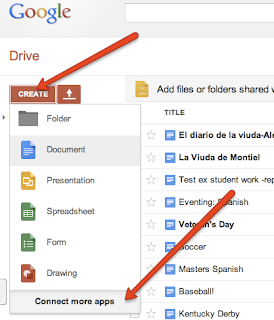At times I read the curriculum for language programs of schools throughout the US. But often when I compare what students in other language programs are able to accomplish in one semester or traditional school year compared to what we are accomplishing, it can be frustrating.
The key for me is to remember that all language classes are NOT created equal, especially when you consider the number of instructional hours available for each level. The chart below, gives a good indication of how quickly shorter class periods fall behind throughout the language levels.
A B C
The numbers in the columns represent the amount of instructional hours the students have received by the end of each level. The first comparison I'll address is Level 4 students in column A and Level 3 students in column B.
In column A, students that complete Level 4 have had 420 hours of instruction, and students in column B in Level 3 have had only 15 hours less of instruction than students in Level 4. Those 15 hours of instruction are equivalent to 10 days (if on a 90 min block) or 20 days (if on a 45 minute traditional schedule).
In other words, if students that completed Level 3 in column B were to have an additional 10 classes (block schedule) or 20 classes (traditional schedule), they would have had the same amount of instruction as students FINISHING level 4 in column A.
The second comparison is between Level 5 students in column A and Level 4 students in column B. The Level 4 students have had MORE instructional time than the Level 5 students! The Level 5 students would need an additional 15 hours of instruction to equal the instructional time available to the Level 4 students. (Once again the difference equals 10 block classes of 70 minutes or 20 traditional classes of 45 minutes.) Retention rates suddenly carry even more importance for schools with schedules like that of column A if they are trying to guide their students toward proficiency.
Clearly, we should not compare our students with others when the instructional time is not identical. (That statement is directed towards me.) But we do need to be aware of the different abilities, as a whole, of students after X amount of hours. If you are planning to collaborate with students in another class in a different school district or state, don't automatically assume you should pair your Spanish 3 class with another Spanish 3 class.
The tricky part for me is trying to gauge at what ACTFL proficiency level my students are at and if they are where they are supposed to be given the number of instructional hours they have had. I want my students to progress, but at the same time I've seen how counterproductive it is to deliver the material at a more rapid rate. Overall, as I read ACTFL's proficiencies descriptions, I am happy with the progress I see in my students. Happy, but not content.
I suppose this post was born out of a feeling that it's crunch time as we near the end of the school year. I look at the amount of things I still want to "teach" to my students, how many readers I want to read with them, etc, and my head starts to spin. I want my students to soar, but their wings are still maturing. These things take time.
Instead, I need to remind myself to celebrate the progress that the students have made and continue working toward proficiency with the precious hours that are available to me as their teacher. For me, it puts a greater emphasis on using effective teaching methods that truly help the students to acquire the language, daily reflection on what "worked" and didn't work in my lesson plans, and a continual willingness to be flexible when designing my lessons.
(Note:
In this post my main focus is on the amount of instructional hours.
The method of instruction plays a critical part in students' abilities,
but that is an entirely different matter for another time and another post.)










